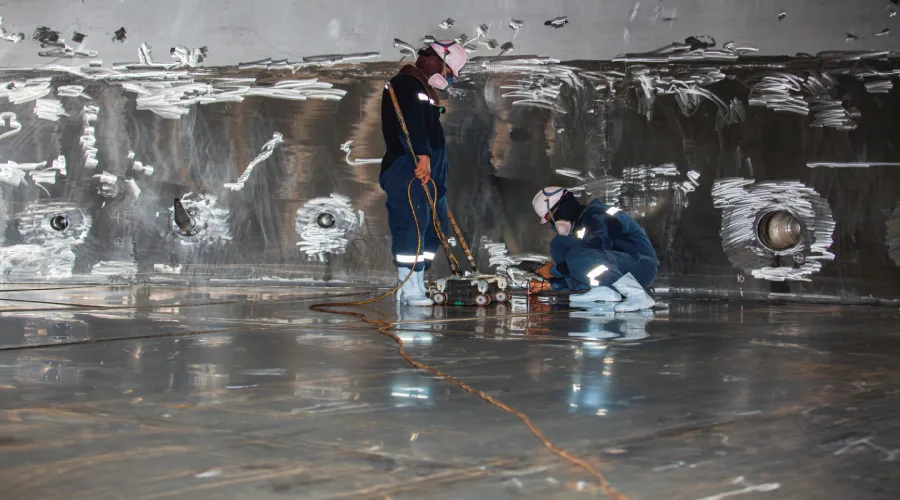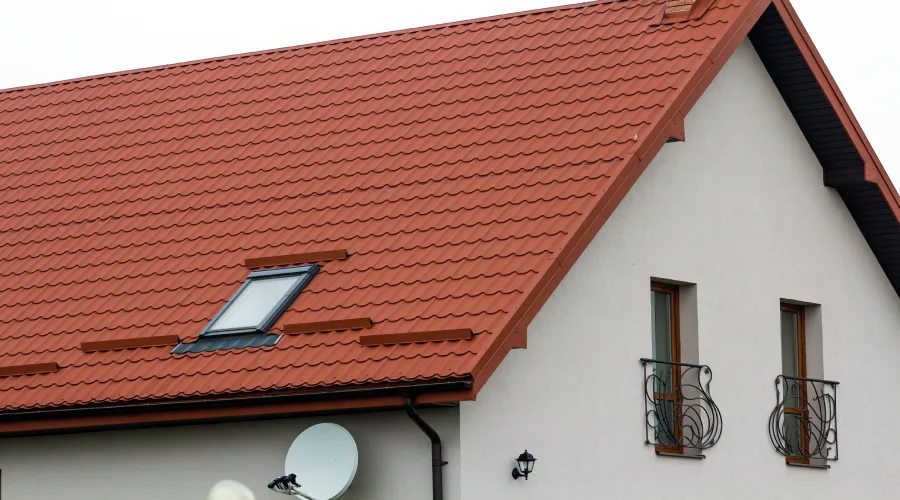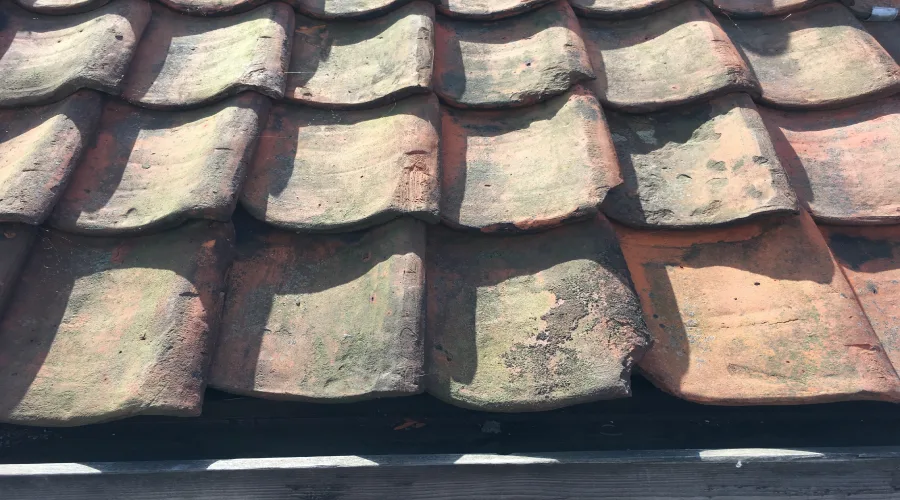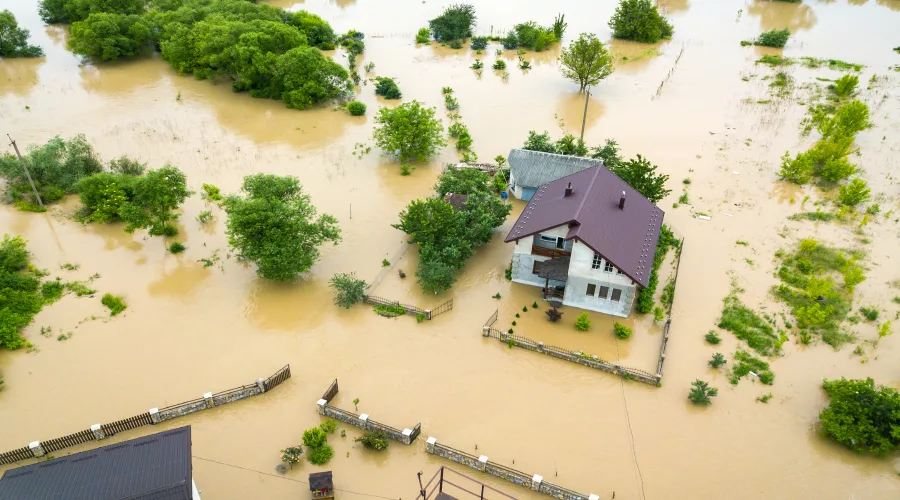The neighborhood is flooded by heavy rain. Your sump pump isn't able to keep up with the floodwaters that flow into your basement.
Sewage backups fill the downstairs with a dirty mess. The water is black and you're faced with cleaning.
It is possible to clean your basement following a normal flood, but the effects of storms and sewer water can make the task. The task of cleaning the basement following flooding is a task you need to complete in the shortest time possible. Also, you can take help from
Basement Flood Cleanup
Let's get started.
Understand Sanitizing And Disinfecting
It is important to know the distinction between sanitizing and disinfecting a basement that's been damaged by flooding.
* Sanitizing kills the majority of bacteria in just 30 seconds.
* Disinfecting kills all dangerous bacteria within 10 minutes.
Basement flooding due to plumbing issues doesn't normally cause serious health hazards. You can manage this kind of clean-up by cleaning walls and floors.
The sewage backflow or floodwater in basements transforms the walls and floors into a source of breeding for dangerous organisms. Black mold can be toxic and develops within 24 hours of the onset of the contamination. If you are confronted with this kind of water-related damage it is essential to thoroughly clean all basement surfaces.
Take Care Of General Cleaning First
Before you disinfect the floor of your basement following the occurrence of a sewage backup or flood You must deal with the initial water damage. Make sure you ensure your health and safety by following the strict guidelines to clean up sewage and floodwater within the basement.
Do not begin cleaning or disinfecting your home until the basement is dry and clean. The goal is to stop the development of mold. Make use of dehumidifiers and a fan to speed up the drying process.
Preparing For The Final Basement Cleaning
Create an office near the door to the basement to make it easy to access cleaning equipment and other supplies.
• Reduce the diffusion of odors and contaminants throughout the home by protecting the door with an aluminum sheet.
* Open the windows in the basement to increase the airflow. Do not do this in humid weather.
* Speed up the drying process by running dehumidifiers continuously.
* Be sure to include chlorine bleach, mop long-handled scrub brushes, buckets, and clean rags.
Dress up with long sleeves, thick pants, and gloves. Also, wear rubber boots, and safety goggles.
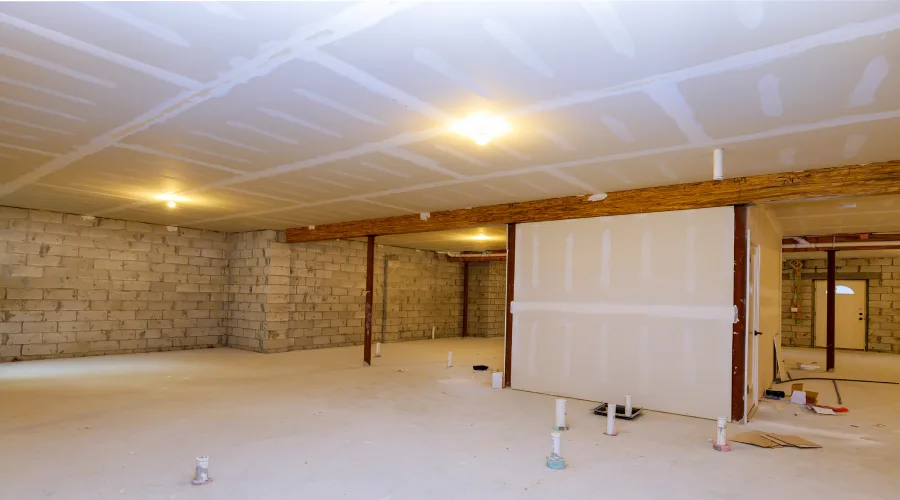
How Do You Sanitize The Inside Of An Unfinished Basement?
The process of cleaning the basement following flooding takes time and energy. Mix 1 tablespoon bleach with 1-gallon water. Use the solution to clean down the walls with no finish and then clean the concrete flooring. Keep the floors wet for a couple of minutes. When the concrete is dry then repeat the process a second time.
How Do You Get Rid Of Musty Odours After Water Damage?
In the aftermath of a catastrophe such as flooding, house fire, or mold problem the best course of action is to seek assistance from a professional. Restoration experts can provide solutions that can take care of the issue and ensure that your home will be secure for your family members and you to live in once more. In the event that you do not have an accurate understanding of the hidden problems caused by water damage, the problem could linger on and get worse. Sometimes, it's secondary problems (ie. the smell of musty after a water leak, dark marks on the floor, etc.) that indicate possible damage from water. It is possible to not be aware that water is leaking through your house's walls, from the roof, or underneath your sink until the wood flooring begins becoming smelly. What is the smell of water damage and how can you tell whether you've suffered water damage? If you're experiencing an unpleasant smell coming from your home due to an incident with water and you want to know how to obtain fast and effective treatment from Roof Damage Repair in Anchorage.
Identify The Source
One of the most obvious signs of mold or a constant leak is the fact that your home is smelling musty once the water damage has taken place. It could be a stench that is old-fashioned, decayed, or smells stale. It typically comes from areas that are damp, dark, and warm. Crawl spaces, beneath the sink or in the bathroom within the attic, and even in the basement are all typical locations that are prone to water damage. The most unfortunate aspect of mold is it is a result of porous substances which hold moisture such as drywall, wood carpet, cement, or sheetrock. When you locate the place in which the water is leaking, be it a leaky pipe, appliance roof, crack within the structure, sewer backup melt snow, or sewage backup, you need to call the experts to get rid of any water from the affected area.
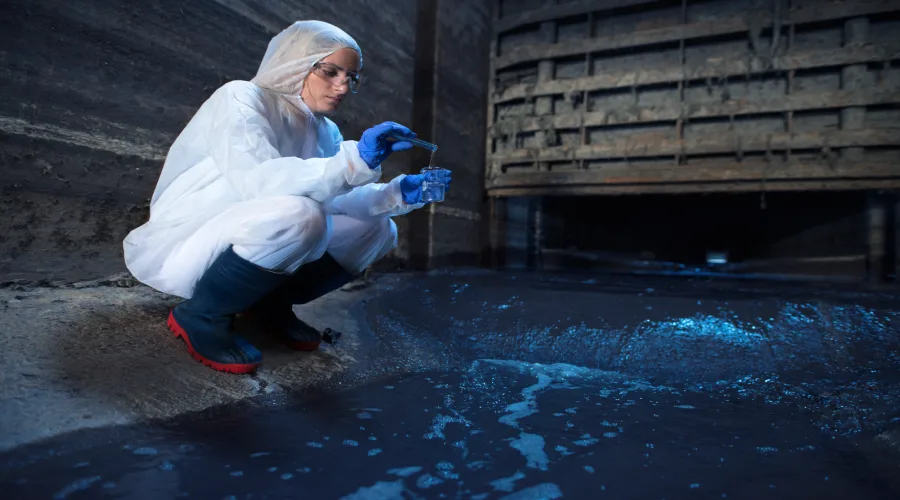
Dry The Area Affected
The next step after taking care of the cause of the smell is to eliminate the cause that's causing it. If there's a leaky pipe, it needs to be fixed. If there's a fracture that needs to be patched, it must be repaired and then repaired. If the cause is a damaged freezer, refrigerator, or other appliance and it needs to be fixed, it is best to fix it. In certain situations repair work are able to be made by yourself, however, for cases such as the case of a sewage back-up, or basement flooding, expert assistance is required. It's better to stay secure and ensure that you dry out the area instead of allowing moisture to cause mold. A part of their drying process may involve removing damaged or damaged materials by vacuuming up the water with specific equipment, making use of air dryers and dehumidifiers to get rid of the moisture and then opening the space to allow fresh air to circulate.
Take Out The Mold
In the event that water damage results in mold and this is even after it has been removed it is essential to get it taken care of as soon as you are able. This is a process that can be complicated. Professionals have the equipment and knowledge required to manage the job. They will ensure that each trace of moisture and mold has been eliminated. If you find that some mold has started to grow in the bathroom or the kitchen, you can get rid of it with a mixture of bleach and water or vinegar and water. But, as mold spores can move throughout the air, it's essential to wear a respirator and gloves to stop them from infecting your body. If your home smells foul after flooding, seek help from professionals to restore your home.
Deodorize And Ventilate
Once the experts remove the water, dry the area, and eliminated the mold, they'll vent the room using specially designed heating or fans to promote air circulation around the area. If the humidity outside is lower than indoors, doors and windows can be left open in order to let the breeze move around the space. The professionals might have the technology for removing odors to eliminate the smell of must from your home following a leak of water so that it is fresh and fresh. You can assist in this process by creating your own air fresheners. You can boil lemons and water in a pot and place the room until the air starts to smell fresh and fresh. It is also possible to make a natural spray with your favorite essential oils and water. You can then spray it onto flooring or furniture, especially when your floors are smelling musty.


